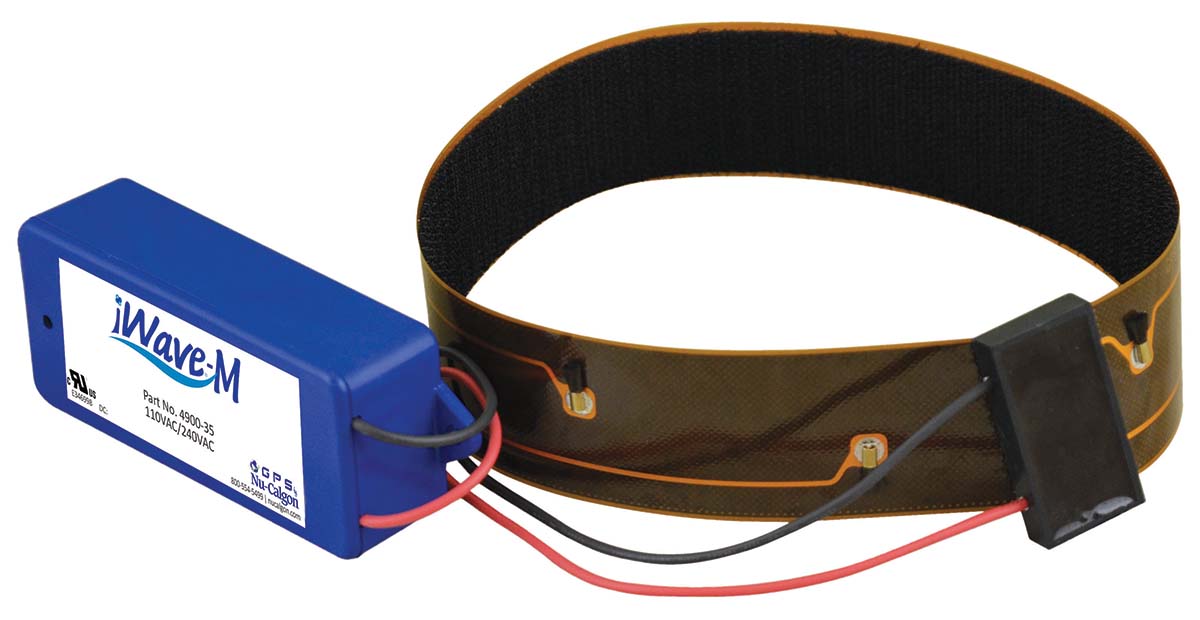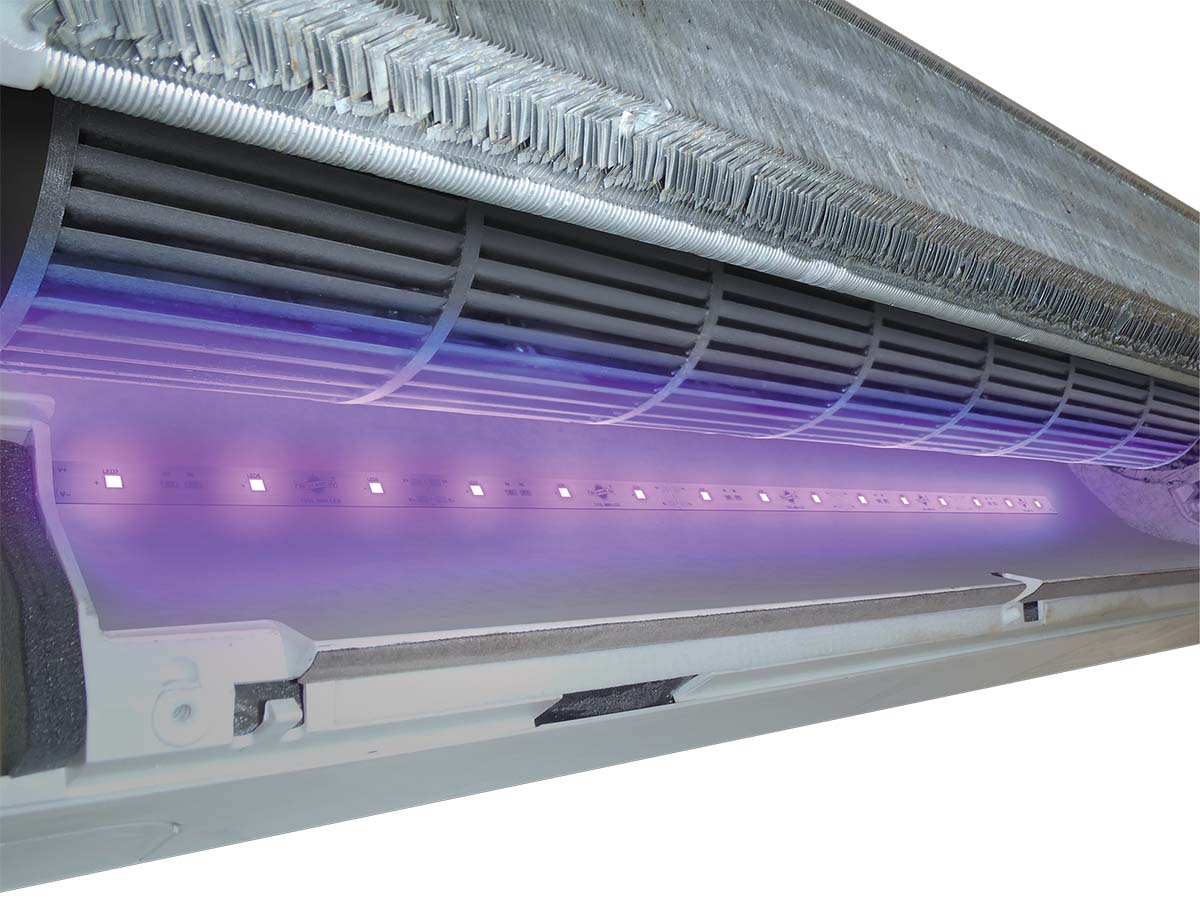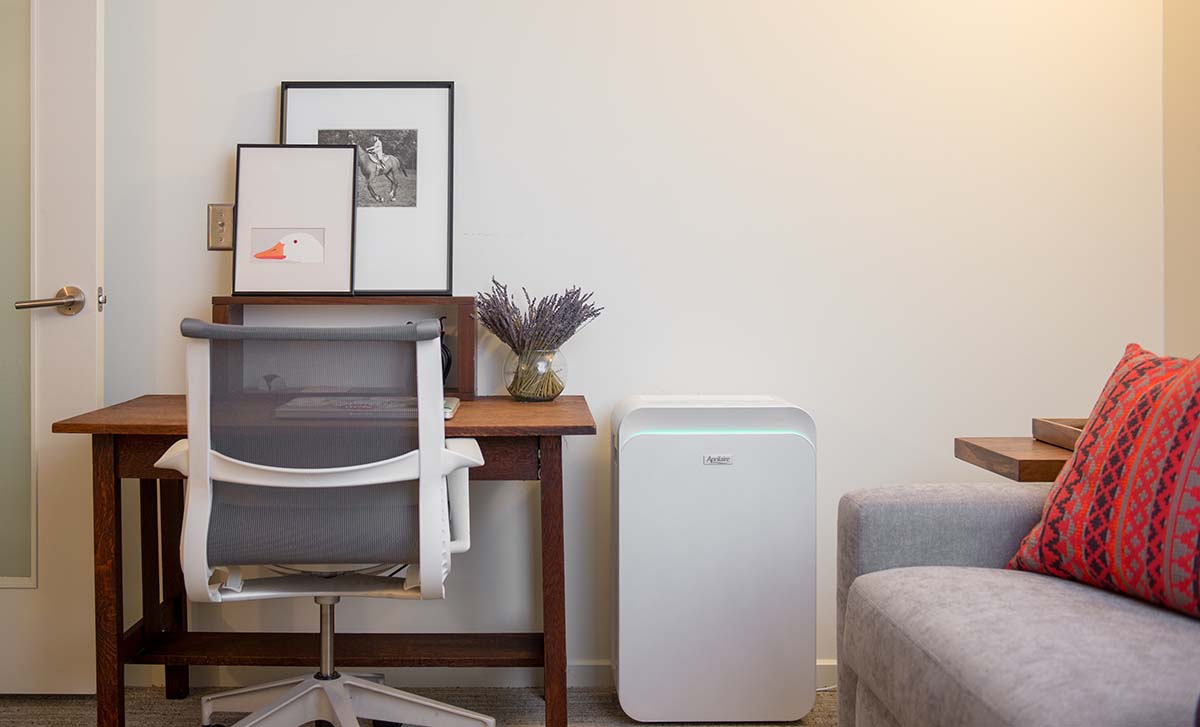✕
Indoor air quality (IAQ) is a critical component of any HVAC system, but the approach to ensuring proper air quality can differ significantly between traditional ducted systems and ductless HVAC units. That’s because ductless mini splits operate without the extensive ductwork found in traditional split systems, so achieving optimal IAQ can involve a combination of advanced filtration, aftermarket accessories, and regular maintenance to ensure efficient air circulation and contaminant removal.
– David Rames
senior product manager
Midea
Different Strategy
One of the key differences between ductless and ducted systems in terms of IAQ is that ductless indoor units are usually located within the space being conditioned and provide air circulation via airflow across the indoor unit coil and filter. On the other hand, central ducted systems move the air through the building to the main unit and back to the space — incurring static pressure and duct loss in the process, said Jonathan Marshall, applications engineer at LG Air Conditioning Technologies USA.
“With the indoor unit in the space, it has a more accurate real-time response to the space load and can operate with lower airflow,” he said. “This can help prevent a rise in space humidity — and temperature — by maintaining operation and air changes across the coil. Wall-mount indoor units also include a self-cleaning mode to allow the coil to dry out after being used, helping to prevent mold growth on what could otherwise be a wet coil.”
Without ductwork requiring a larger fan motor to overcome static pressure, ductless indoor units typically circulate air in the space through washable mesh filters. These filters prevent large particulates from entering the indoor unit chassis and should be cleaned every six months, said Marshall.
“Filter loading due to captured particulate increases static pressure against the indoor unit fan, which can decrease airflow (and thereby performance) or become too excessive for the fan motor to accommodate,” he said. “It is essential to clean/replace filters to protect the equipment fan motor and ensure optimal performance.”
Midea ductless indoor units are also equipped with a washable mesh filter. After 240 hours of use, the system will remind the end user to wash the filter, and after 2,880 hours of use, the system will offer a reminder to replace the filter, said David Rames, senior product manager at Midea. He added that clean filters provide the best protection against particles in the air and collecting on the evaporator coil.
“Due to ductless indoor units’ compact size and low static pressure tolerances, IAQ is a bit more complicated. Given the low static pressure, advanced filtration or high MERV filters cannot be used,” he said. “Some Midea ductless models are equipped with ‘Active Clean’ functionality, where the indoor coil flash freezes and then rapidly thaws to rinse the coil of any potential debris. The blower then self-dries the coil.”
Ventilation and Humidity
As far as ventilation is concerned, Midea’s indoor fan can run continuously, which keeps air moving, filtered, and fresh, said Rames. Some Midea ductless indoor models also have a fresh air intake.
“Thanks to Midea inverter technology, our systems run for long periods at partial load,” said Rames. “This allows for a more consistent indoor temperature and humidity removal. Midea also has a ‘dry mode’ for flash dehumidification cycles in extreme cases.”
At LG, the most direct approach to controlling the humidity level in the space is by integrating a humidity sensor/thermostat into the indoor unit. While it is possible to control indoor unit operation from the signal of this control, Marshall said that there is some risk that third-party control may cause room temperature to be outside of the allowed operation range for the indoor unit.
“With temperature-based control, the inverter compressor in a heat pump split system can adjust with space load and decrease operation as set point is approached, maintaining air changes across an active and cold coil to prevent rise in space humidity and temperature,” he said. “There is also the option of a ‘dry mode,’ which can be considered when humidity is prioritized over space temperature.”
For ventilation, some of LG’s indoor units — such as four-way cassettes — have a provision for an outside air connection. Otherwise, a separate outside air solution should be considered for indoor units that cannot directly incorporate outside air. Marshall noted that all of LG’s indoor units can accommodate integration devices to communicate with third-party components such as an outside air fan, so that coupled operation can be configured.
Aftermarket
Indeed, with ducted mini splits, there are more options for IAQ accessories. These types of systems utilize an air handler and a home’s existing ductwork to deliver conditioned air to multiple rooms or even a whole floor. LG’s four-way cassette, for example, has a filter rack that can accommodate up to a MERV 13 filter.
“Split-system indoor units that can be ducted can accommodate filter boxes or include a filter rack, so that MERV-rated third-party filters can be considered,” said Marshall. “Ducted indoor units can also incorporate connection of an outside air duct if the mix of outside air and return air are within the operation range of the ducted indoor unit.”
Many aftermarket IAQ accessories can also be used with mini splits, such as third-party UV lights or ionizers, said Rames, who added that these components are usually easy to obtain and install.
One such aftermarket product for ductless mini-split systems is Nu-Calgon’s iWave-M, which is designed to actively treat the air and improve overall air quality through the use of needlepoint bipolar ionization (NPBI) technology.

NPBI TECHNOLOGY: The iWave-M is designed to improve overall air quality through the use of needlepoint bipolar ionization technology. (Courtesy of Nu-Calgon)
“The iWave-M emits equal parts positive and negative ions into the air stream, and these ions have the ability to address a wide range of IAQ issues,” said Brendan Barash, IAQ product manager at Nu-Calgon. “These ions have a microbicidal effect that have the ability to help reduce bacteria and viruses both on the surface of the mini-split and in the air of the breathing zone. The ions from the iWave-M also have an advanced ability to reduce harmful airborne particulate and VOCs.”
According to Barash, installation is easy, as the iWave-M utilizes hook-and-loop technology on the back of the 18-inch flexible strip, so contractors can quickly install it on any mini split or ductless system. “The installer simply places one side of the hook-and-loop inside the mini split, typically at the top of the coil, then places the iWave-M ion strip on the hook-and-loop so the two pieces are secured together. The iWave-M has a quick two-wire installation that can be installed in a matter of minutes.”
Another aftermarket IAQ solution is Fresh-Aire UV’s Mini UV LED, which is installed inside the mini split. It is designed to keep mold and biofilm from adhering to and accumulating on the blower and outlet, which is typically caused by condensation.

AFTERMARKET UV: The MINI UV LED is installed inside the mini split and is designed to keep mold and biofilm from adhering to and accumulating on the blower and outlet. (Courtesy of Fresh-Aire UV)
“Unlike germicidal UV-C light that can disinfect the moving airstream, Mini UV LED is designed to treat the equipment, helping to ensure the equipment is clean and not a contributing factor to poor air quality, odors, and mold,” said Aaron Engel, vice president of business development at Fresh-Aire UV. “Mini UV LED uses the ‘near UV’ wavelength of 400-405nm, which neutralizes microorganisms through a process called photodynamic inactivation.”
The Mini UV LED is a 40-inch, cut-to-length, disinfecting LED ribbon with 3M adhesive backing and small 120-277V power supply. Two ribbons can be connected for applications that may require more disinfecting area, and the small format auto-sensing power supply can be easily wired to the equipment and placed within the head unit.
“The Mini UV LED can be used in any ductless or cassette-type application, even on older ductless systems, when disassembly for cleaning may be an issue,” said Engel. “Contractors and installers love the product, as it allows for true preventive maintenance on equipment that’s installed within the living space.”
AprilAire offers several portable IAQ solutions that can be paired with mini-split systems, enabling each room to be customized with the appropriate IAQ solution, said Chris Howells, senior training and development manager at AprilAire Academy.

PORTABLE PURIFIER: AprilAire’s portable air purifier utilizes four-stage filtration, which captures airborne viruses and reduces the proliferation of respiratory irritants. (Courtesy of AprilAire)
“For example, controlling a room’s humidity level using a portable can meet the special needs of a family member with allergies or offset a room with a humidity challenge due to its location within the home.”
These portable humidifiers include the AprilAire 300 whole-house self-contained evaporative humidifier and the AprilAire 865 whole-house steam humidifier with fan pack. According to Howells, these units can create and maintain balanced humidity between 40% and 60% to maintain supportive moisture for those with allergies and asthma, as well as create an environment inhospitable to most airborne viruses.
The company also offers several portable dehumidifiers and air purifiers, including the AprilAire AP09550V portable room air purifier with four-stage filtration, which captures airborne viruses and reduces the proliferation of respiratory irritants and allergy and asthma triggers, said Howells.
“Simply plug it in and set the unit to the preferred settings,” he said. “The air purifier can be controlled manually, or it can be set to turn on and turn up automatically based on the particulate reading of the built-in sensor.”
IAQ is an essential component in all HVAC systems, and as shown here, the strategies for maintaining it can vary in ductless units. By relying on advanced filtration systems, utilizing aftermarket accessories, and committing to regular maintenance, ductless units can achieve and maintain a high level of IAQ for homeowners.
Whether you require installation, repair, or maintenance, our technicians will assist you with top-quality service at any time of the day or night. Take comfort in knowing your indoor air quality is the best it can be with MOE heating & cooling services Ontario's solution for heating, air conditioning, and ventilation that’s cooler than the rest.
Contact us to schedule a visit. Our qualified team of technicians, are always ready to help you and guide you for heating and cooling issues. Weather you want to replace an old furnace or install a brand new air conditioner, we are here to help you. Our main office is at Kitchener but we can service most of Ontario's cities
Source link


Add Comment